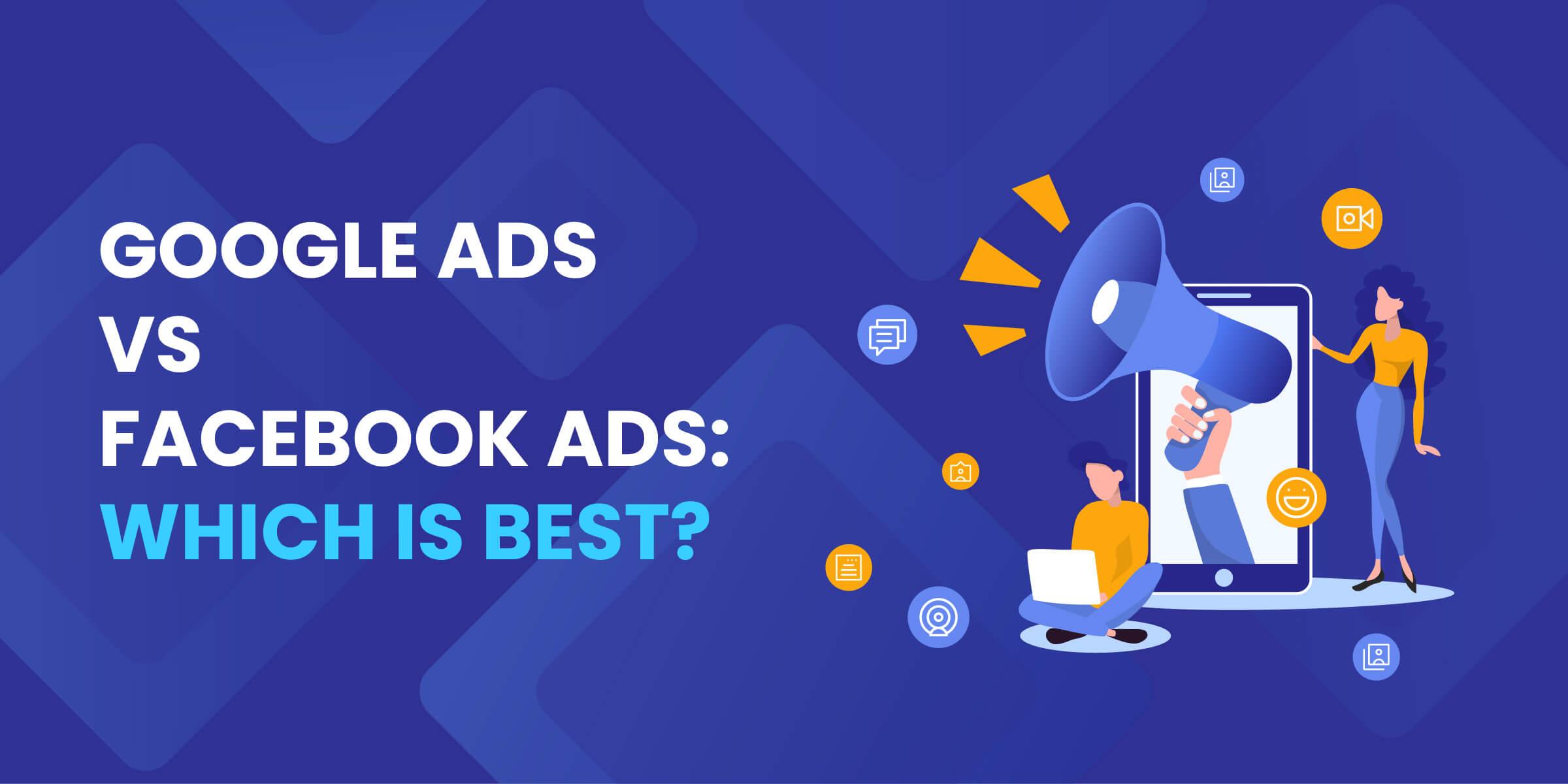When it comes to digital marketing, two of the biggest names in the industry are Google Ads and Facebook Ads.
Since both options offer a range of features designed to help businesses reach their target audience, understanding which platform is best for your business can be difficult.
So which one is better? Well, it depends, but it’s a good idea to try using both for your business.
Let’s look at the differences between each.
Table of Contents
Price
Since their whole pricing models are slightly different, there isn’t a definitive answer to which is cheaper, but we can paint a better picture for you.
Google Ads Pricing
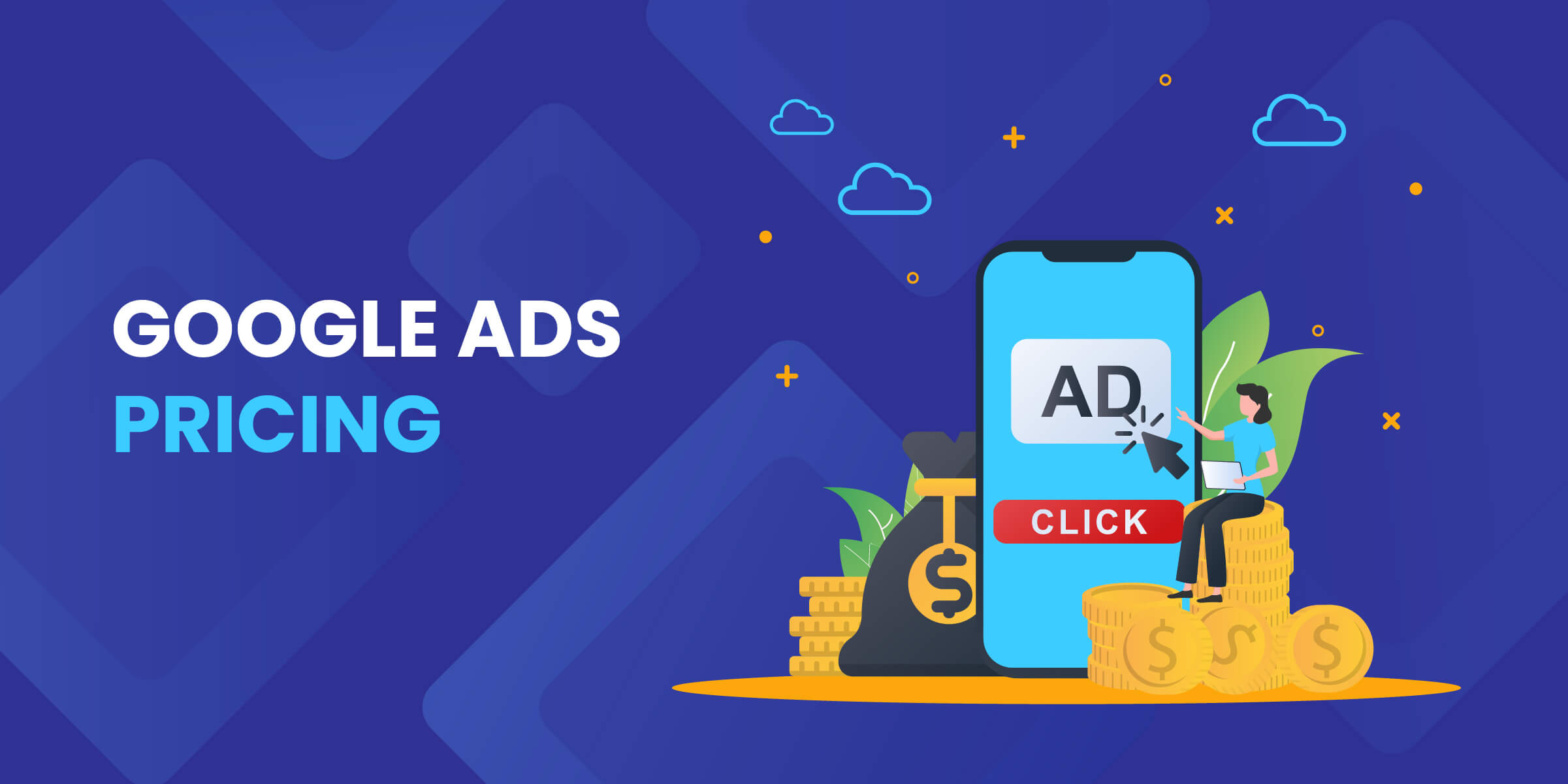

The cost per click can range from a few cents to several dollars depending on the competitiveness of the keyword or phrase being targeted.
There are also other pricing models for Google ads, like cost per thousand impressions (CPM), which charge for every 1,000 times an ad is shown regardless of whether it was clicked or not.
Facebook Ads Pricing


Facebook offers additional targeting options such as age, gender, location, and interests that can help refine campaigns and increase their effectiveness while keeping costs low.
Ultimately, both platforms offer great value for businesses, so the choice between them really depends on what type of goals you have set out to achieve with your campaigns.
Effectiveness
Google Ads and Facebook Ads are two of the most popular digital advertising platforms for businesses. Both offer a range of performance metrics that can be used to measure the success of campaigns, such as click-through rate (CTR), conversion rate, and return on investment (ROI).
Google Ads Performance Metrics
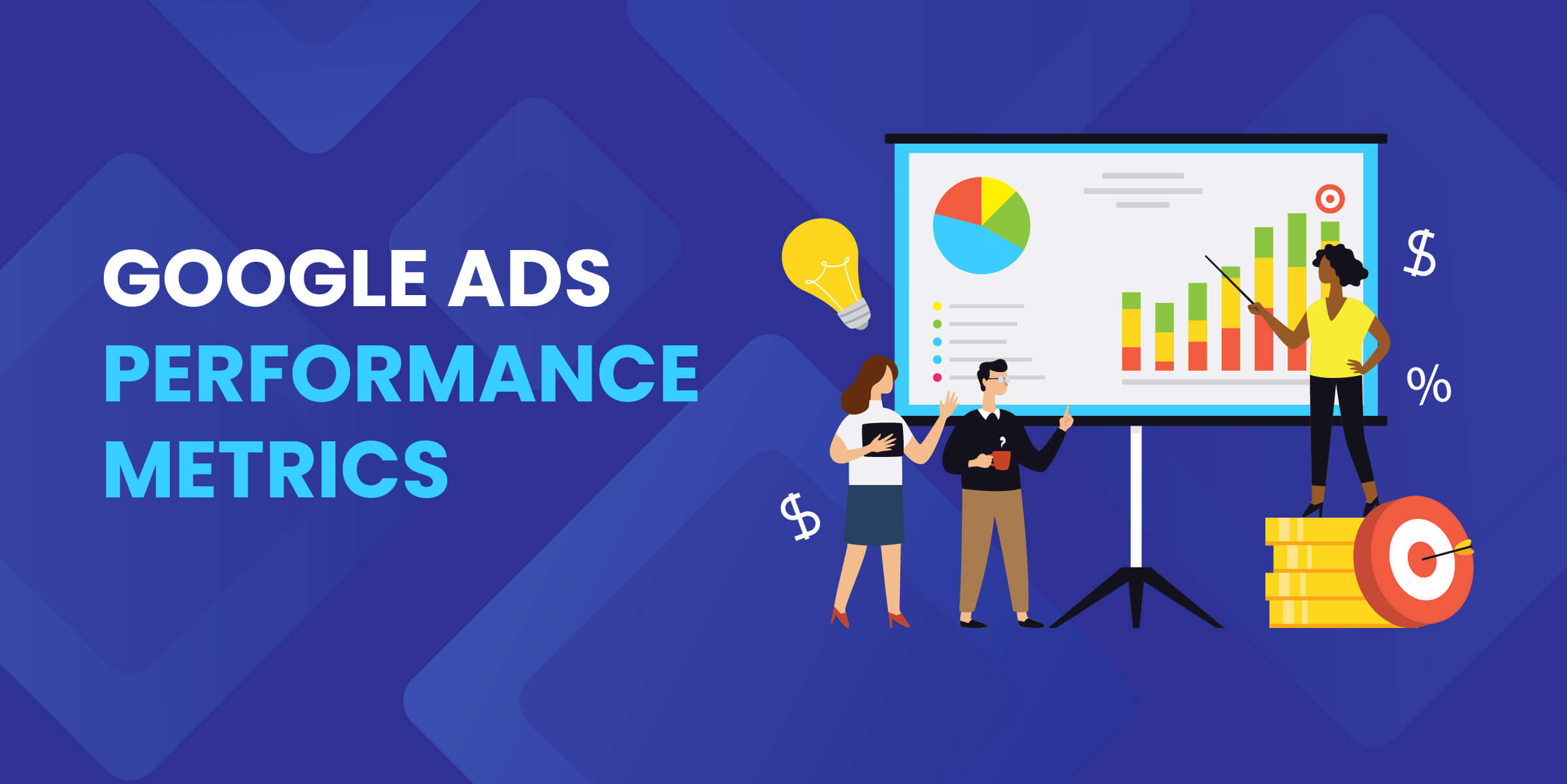

CTR measures how often users click on an ad after seeing it; higher CTRs indicate more successful campaigns.
Conversion rate tracks how many people take a desired action after clicking on an ad; higher rates indicate better results from ads.
ROI calculates profits earned from ads relative to costs spent; positive ROIs mean that investments have paid off.
Facebook Ads Performance Metrics


CTR measures clicks per impression, while cost per click shows how much money was spent on each individual click received by an ad.
Relevance score helps advertisers understand if their target audience is responding positively or negatively to their content, with higher scores indicating better engagement levels with targeted audiences.
Finally, conversion rate tracks how many people took a desired action after viewing an ad; higher rates signify more successful campaigns overall.
Comparative Analysis of Performance Metrics
Ultimately, which platform works best depends largely upon what type of business you run and what kind of goals you hope to achieve through digital advertising efforts.
Google tends to provide more detailed data about user behavior than Facebook does, allowing advertisers greater insight into why certain ads may or may not be working. Google's search engine optimization capabilities also make it easier for potential customers to search online products or services related to your business to find you faster.
On the other hand, Facebook's social media focus allows companies to access larger audiences who may already have an interest in what they're offering.
Best Practices for Each Platform
To maximize success from Google Ads and Facebook Ads, businesses should set clear goals and objectives, target specific audiences, create compelling ad copy with effective CTAs, optimize bids regularly based on performance data, install tracking codes for accurate data collection, and review reports to identify areas of optimization.
Google Ads Best Practices
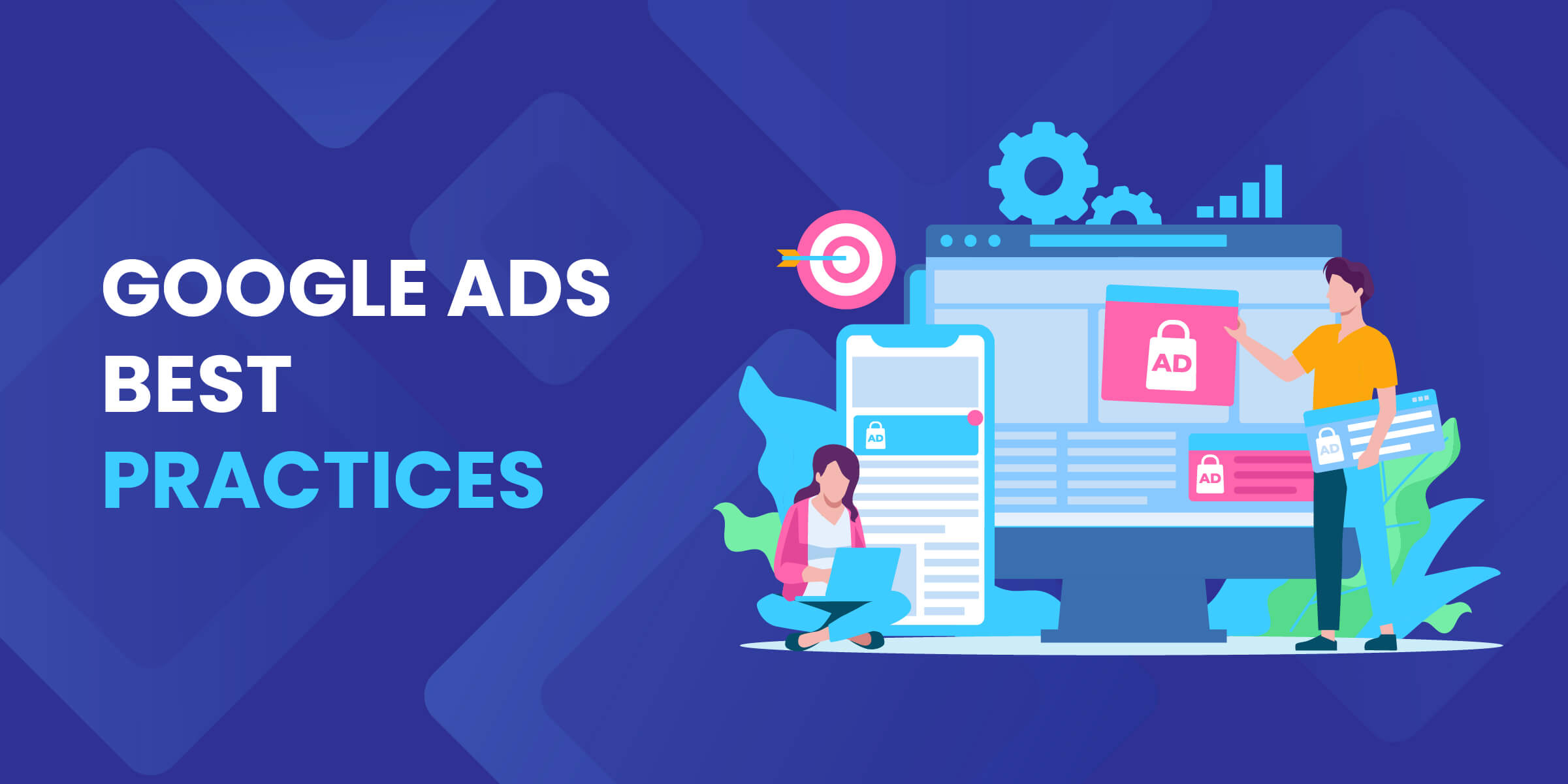

Start by setting up clear goals and objectives for each campaign. This will help you determine which metrics are most important to track and measure performance against those goals.
Next, create targeted ad groups that focus on specific keywords or topics related to your business. You can also take advantage of advanced targeting options such as location, language, device type, gender, age range, interests, and more.
Craft compelling ad copy that resonates with your target audience and drives click-through with effective calls-to-action (CTAs).
Optimize bids regularly based on performance data so you can get the best return on investment (ROI) from your campaigns.
Facebook Ads Best Practices
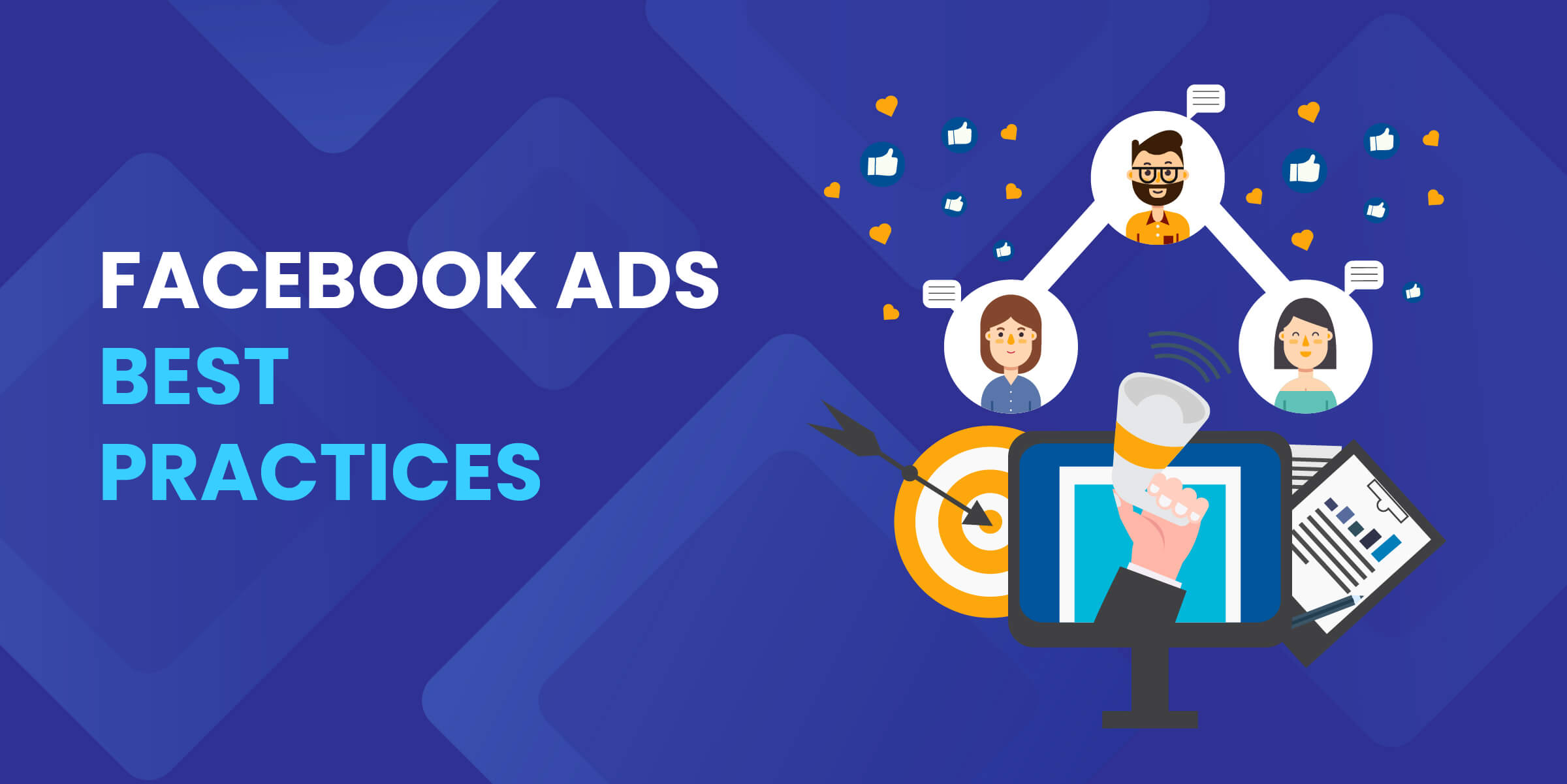

Then, build an effective creative strategy around the specified profile, including visuals like images and videos, along with engaging copywriting techniques like storytelling or humor if appropriate.
Consider using A/B testing tactics when launching new campaigns to determine what works best before increasing investments.
Finally, monitor results closely so you can adjust bids appropriately while maintaining budget constraints and achieving desired outcomes.
Best Practices for Both
Once you have set up successful campaigns across both Google Ads and Facebook Ads there are several key strategies to keep them running smoothly over time.
First, ensure all tracking codes are installed correctly so accurate data is being collected about user behavior throughout each funnel stage.
Second, review reports regularly to identify any areas where optimization could improve overall ROI, such as adjusting bid prices to increase clickthrough rates (CTRs) or decreasing costs per acquisition (CPA) depending upon current trends.
Third, experiment with different types of creatives – including text ads versus image banners – as well as test various placements within search engine result pages (SERPs) versus social media feeds since these factors can impact success significantly too.
Targeting Options and Audience Reach
When it comes to audience reach, Google Ads and Facebook Ads have different targeting capabilities that can be beneficial depending on the type of business.
Google Ads Targeting Options and Reach
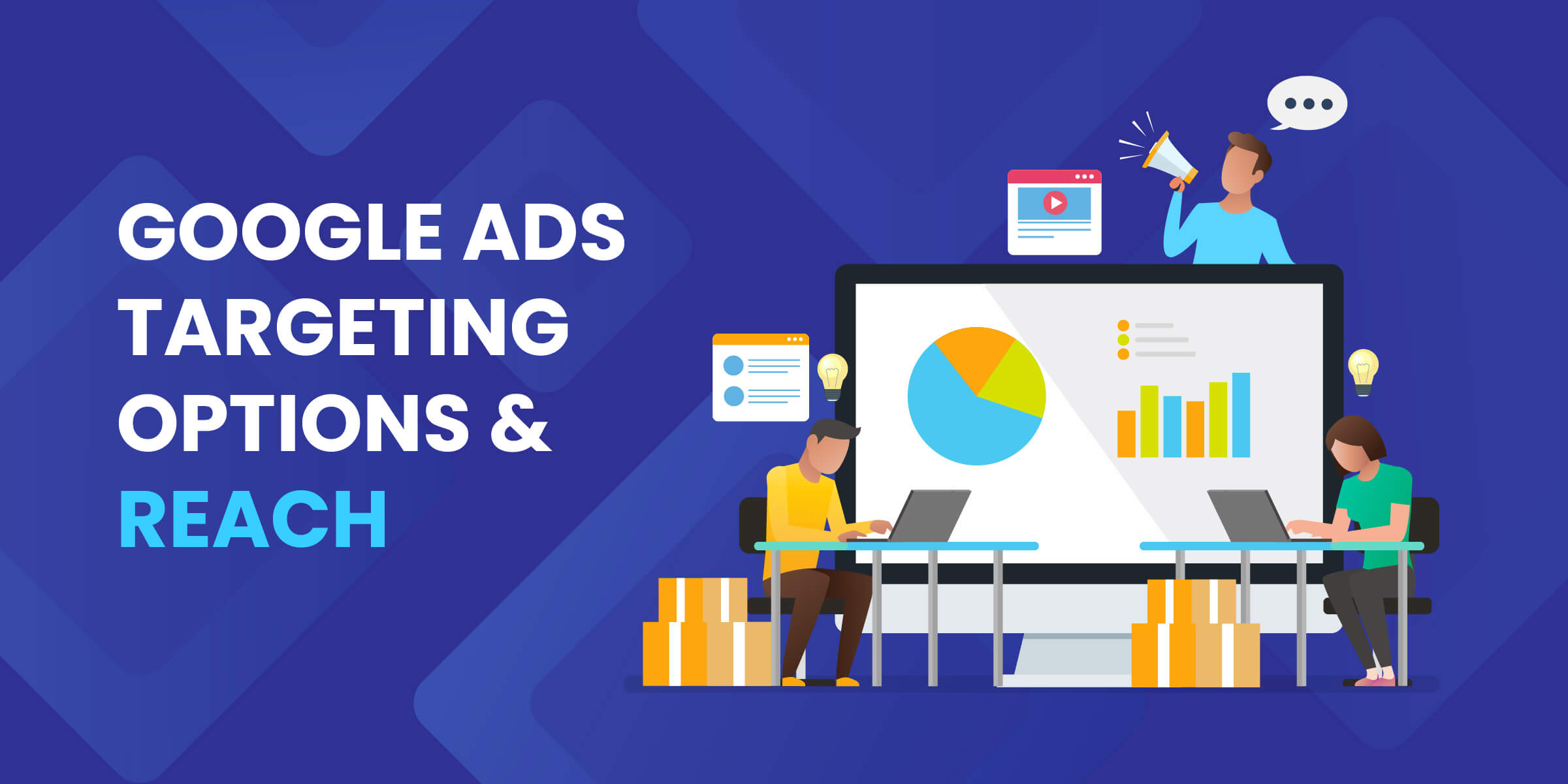

It also provides advanced targeting options such as custom intent audiences which allow you to target users who are actively searching for products or services related to your business.
With its expansive network of websites and apps across multiple devices, including desktops, laptops, tablets, and mobile phones – Google has one of the largest reach among digital ad networks, with over 90% global coverage in more than 190 countries worldwide.
Facebook Ads Targeting Options and Reach
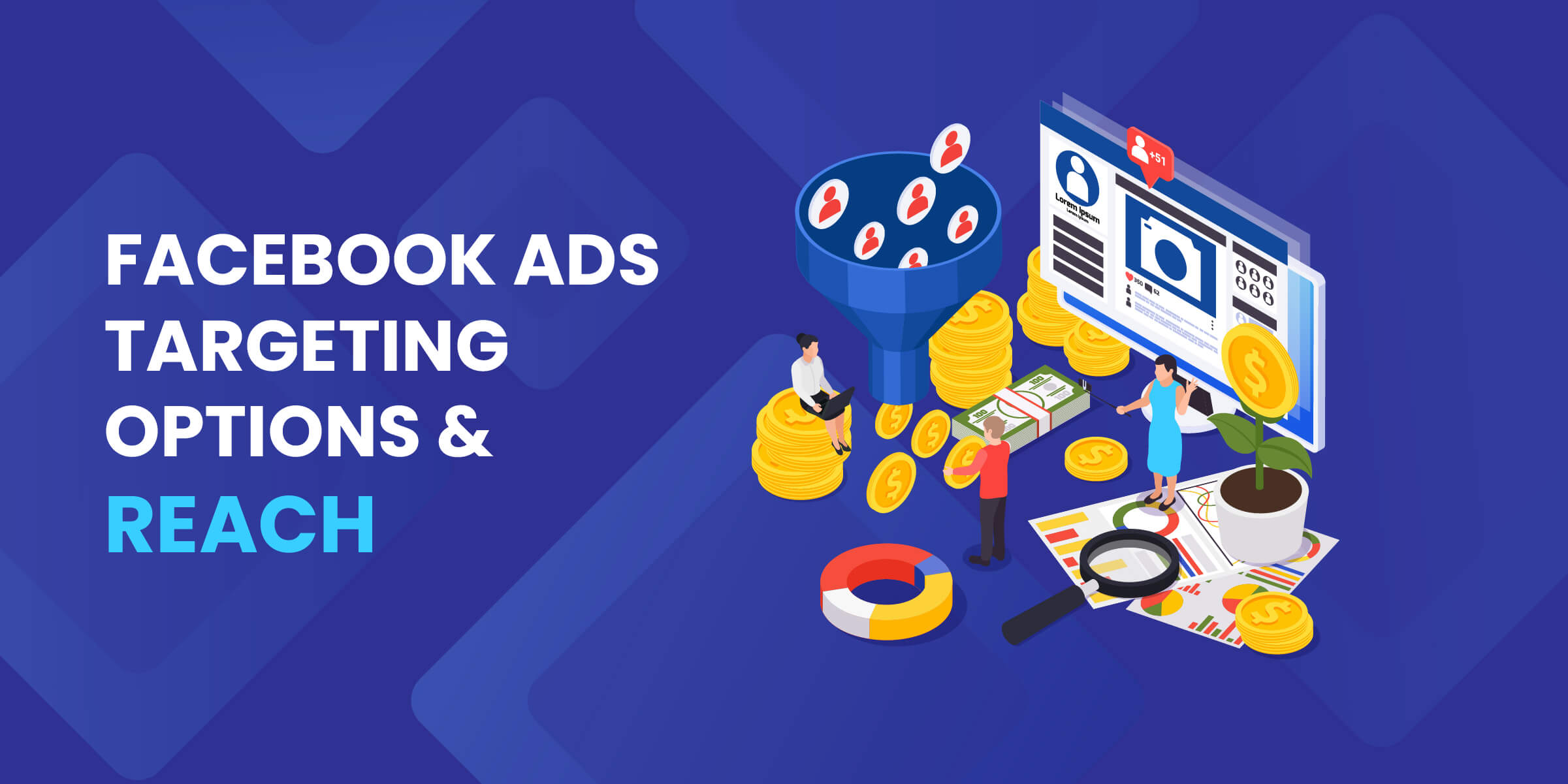

Facebook also enables businesses to target their ads based on demographics such as age range, gender location, etc.
It also allows them to create custom audiences by uploading customer data like email addresses or phone numbers into its system for those customers to be targeted directly with relevant ads.
Additionally, thanks to its vast social graph, advertisers can use lookalike audiences, which enable them to find new customers who share similar characteristics with existing ones, thus expanding their reach even further than what traditional demographic-based targeting would allow alone.
Comparing Audience Reach Across Platforms
When comparing audience reach between Google Adwords and Facebook Advertising, both offer extensive coverage globally but there are some differences in terms of how each platform targets users.
While Google focuses mainly on search-based keywords, Facebook uses a combination of demographics plus interest/behavioral data, making it easier for brands looking for more precise targeting capabilities when creating campaigns tailored toward specific types of consumers.
Ultimately, choosing between these two platforms will depend largely on what kind of results you are trying to achieve from your marketing efforts.
Which is Better for Different Types of Businesses?
Both offer a variety of features that can help businesses reach their goals, but which one is better for different types of businesses?
Google Ads for Small Businesses


It offers low-cost entry points, making it accessible even on tight budgets. Additionally, its targeting options allow you to focus your ads on specific audiences or locations so you’re not wasting money on irrelevant clicks.
With Google Ads, small business owners can also track performance metrics such as impressions and conversions in real time so they can make adjustments quickly if needed.
Facebook Ads for Small Businesses


Its powerful targeting capabilities allow you to target users based on interests and demographics while also giving you access to detailed analytics reports that show how your ads are performing in real-time.
Its cost-per-click (CPC) model also makes it easier to manage costs since you only pay when someone actually clicks on your ad rather than just seeing it like with other platforms like Google AdWords.
Google Ads for Large Businesses
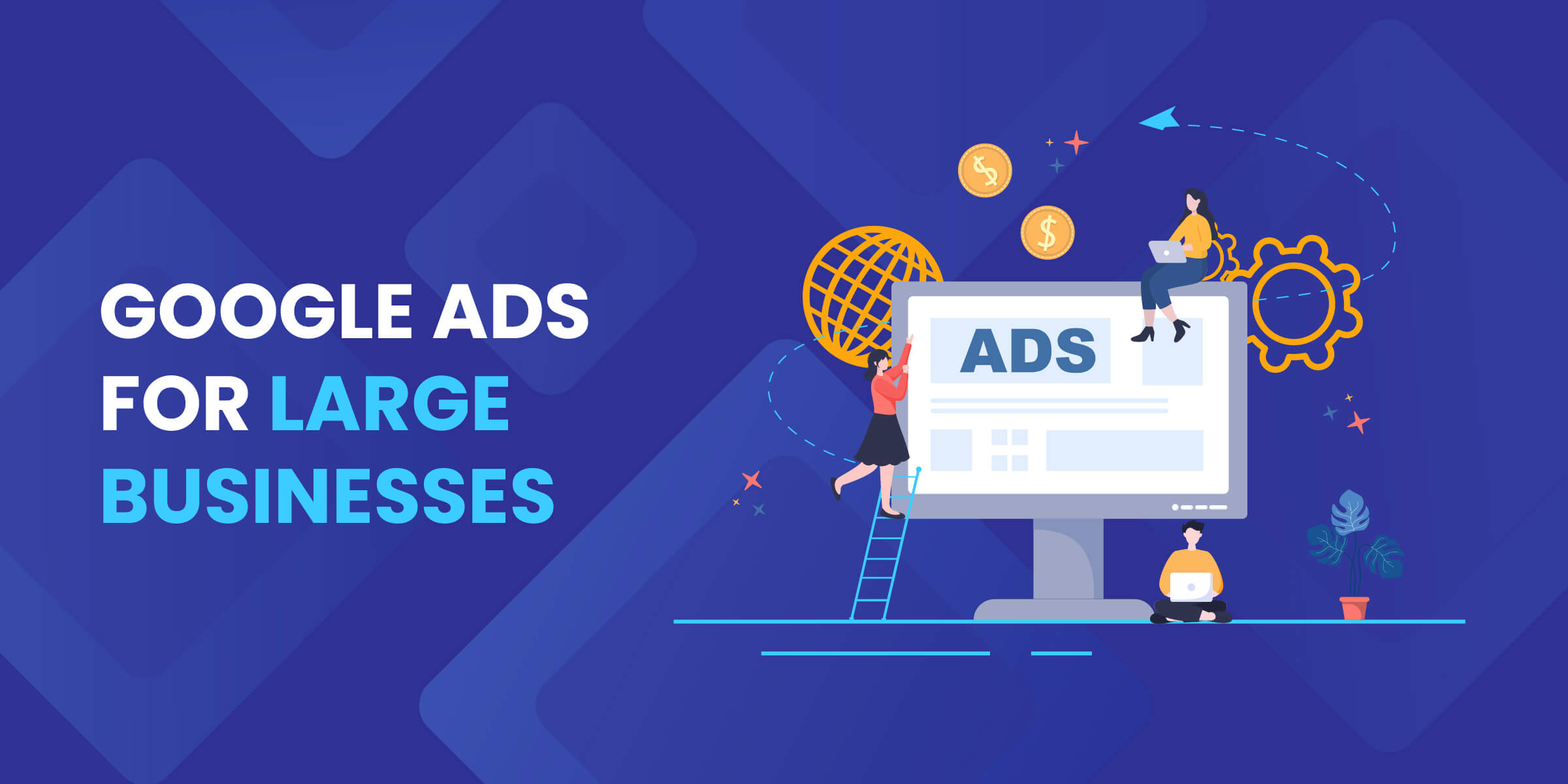

It also provides detailed reporting tools that give insights into customer behavior so marketers can adjust their strategies accordingly if necessary.
Plus, its automated bidding system allows advertisers to optimize bids across multiple channels at once which helps them save time while still getting maximum results from their campaigns.
Frequently Asked Questions
Which is better Facebook Ads or Google Ads?
FB Ads and Google Ads have their advantages and disadvantages, but FB Ads allow advertisers to be more creative and targeted with their marketing efforts, while Google Ads offer more robust reporting tools better suited for large businesses.
Which is cheaper Google Ads or Facebook Ads?
Generally, Google Ads tend to be more expensive than Facebook Ads due to its larger user base and higher demand for ad space, but it also offers more advanced targeting options that can make it cost-effective for businesses with specific goals in mind.
Are Google Ads harder than Facebook Ads?
Though Google Ads is not harder than Facebook Ads, Google Ads offers more detailed targeting options, while Facebook Ads provides more creative ways for businesses to engage with customers.
Is Google Ads or Facebook Ads better for small businesses?
Facebook Ads are generally better and more affordable for small businesses.














